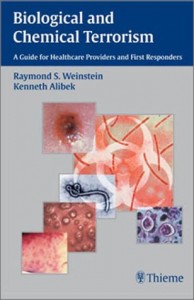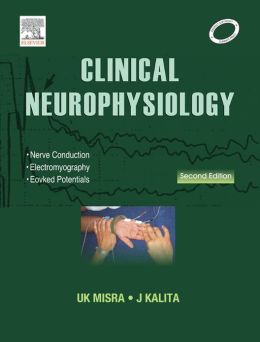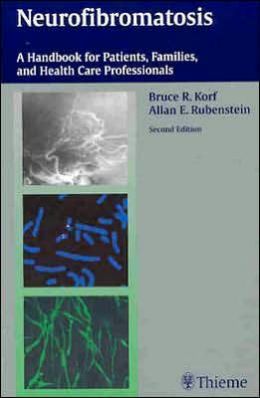-90%
Targeted Cancer Therapy: Revolutionizing Oncology with Molecular Precision
Introduction
Cancer treatment has witnessed a transformation in recent years, shifting from generic approaches to therapies that target specific molecular pathways crucial for tumor growth and progression. This tailored approach, known as targeted cancer therapy, has become the cornerstone of treatment for numerous malignancies.
Successes and Limitations of Targeted Cancer Therapy
1. Molecular Targeting: A Personalized Approach
Targeted cancer therapy utilizes molecular analysis to identify specific genetic mutations, proteins, or pathways that drive tumor development. By targeting these vulnerabilities, therapies can selectively inhibit tumor growth while minimizing damage to healthy cells. For example, in lung cancer, drugs targeting the epidermal growth factor receptor (EGFR) have shown remarkable efficacy in patients with tumors harboring activating mutations in this gene.
2. Precision Medicine: Tailoring Treatment to Individual Patients
The advent of molecular diagnostics has enabled precision medicine, where treatment decisions are based on the unique genetic profile of each patient’s tumor. This approach allows for personalized therapies that maximize efficacy and minimize unnecessary toxicity. For instance, in breast cancer, the presence of the HER2 protein can guide treatment with targeted therapies like trastuzumab.
3. Optimization of Treatment: Balancing Efficacy and Toxicity
Optimizing targeted cancer therapy requires careful monitoring to ensure efficacy and minimize side effects. This may involve adjusting drug dosage, combining therapies, or switching to alternative treatments if resistance develops. For example, in gastrointestinal stromal tumors, the combination of imatinib and sunitinib has been shown to improve outcomes compared to monotherapy.
4. Development of Resistance: A Challenge for Long-Term Success
One of the challenges associated with targeted cancer therapy is the development of resistance, where tumor cells evolve to bypass the therapeutic target. This can occur through various mechanisms, such as genetic mutations or alterations in signaling pathways. To overcome resistance, researchers are exploring new strategies, including combination therapies and novel drug targets.
5. Side Effects: Managing Unwanted Consequences
Targeted cancer therapies can have side effects ranging from mild to severe. These side effects can vary depending on the specific drug and may include skin reactions, nausea, diarrhea, fatigue, and hair loss. Managing these side effects effectively is critical to maintaining patient quality of life and adherence to treatment.
Conclusion
Targeted cancer therapy has revolutionized the treatment of malignancies by offering personalized and effective approaches. While it has brought significant successes, challenges remain, including optimization of treatment, managing resistance, and minimizing side effects. Ongoing research and clinical trials are dedicated to addressing these challenges and advancing the field of targeted therapies to improve patient outcomes.
maybe you like these too:
- Breast Cancer, An Issue of Hematology/Oncology Clinics of North America, 1e (The Clinics: Internal Medicine)
- Natural Products and Nano-Formulations in Cancer Chemoprevention (Advances in Bionanotechnology) (EPUB)
- Cutting Edge Therapies for Cancer in the 21st Century
- Targeted Therapies in Oncology, Second Edition










Reviews
Clear filtersThere are no reviews yet.